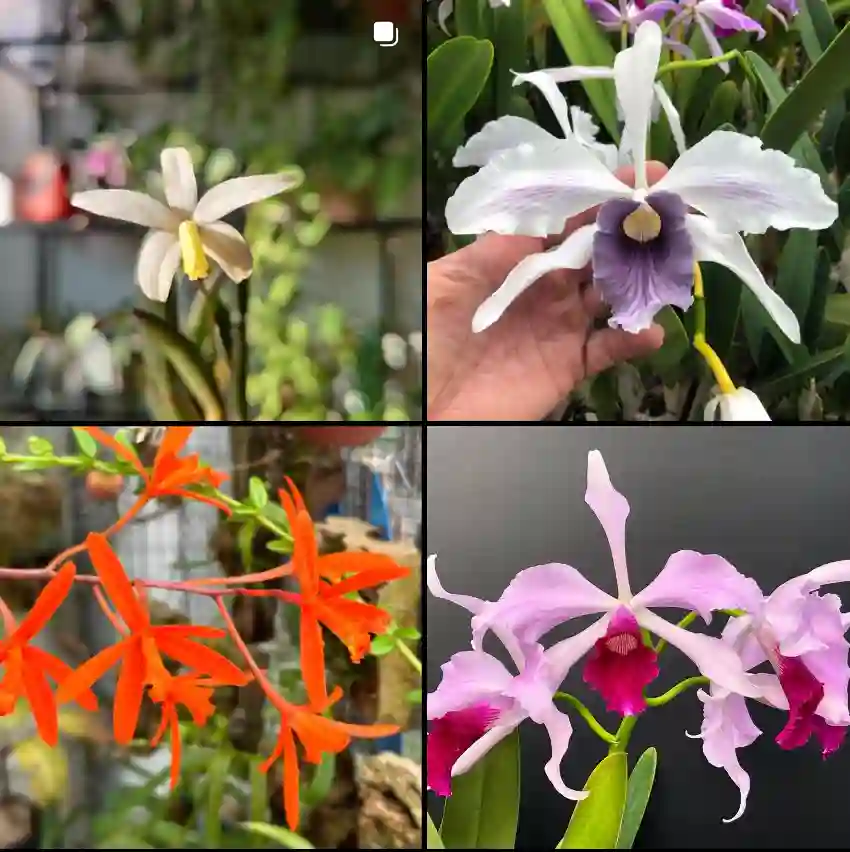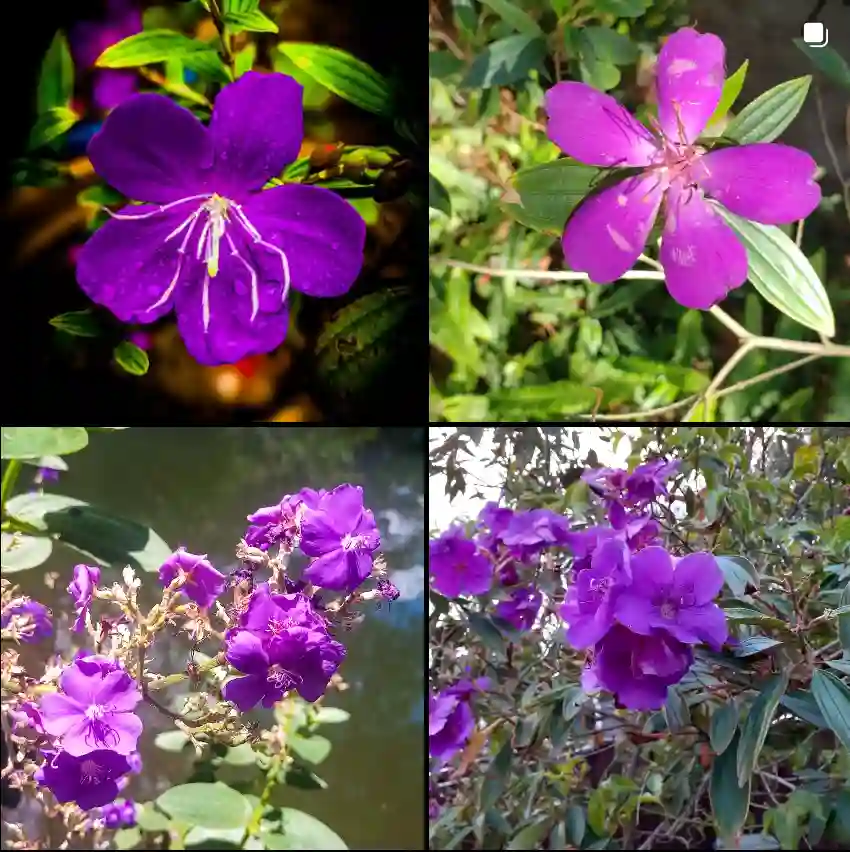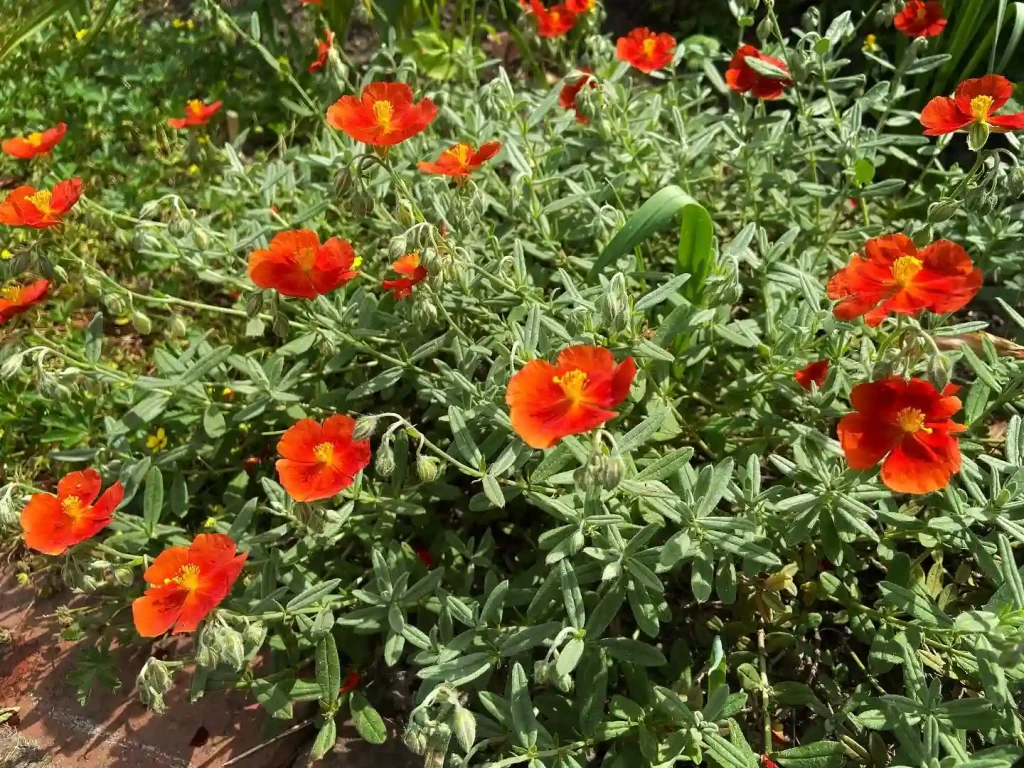The Aromatic World of Boswellia: A Personal Exploration
My name is Ferb Vu, and I’ve always been fascinated by the natural world, particularly the unique properties of plants. Lately, I’ve become engrossed in the Boswellia genus, a group of trees known for producing fragrant resin. This resin, often called frankincense, has been prized for centuries for its aromatic and medicinal qualities. Join me as I delve into the world of Boswellia, exploring its diverse species and the remarkable properties that have made it a treasure across cultures.
A Diverse Genus
Boswellia trees, belonging to the Burseraceae family, are primarily found in the dry, arid regions of Africa, the Middle East, and India. These hardy trees thrive in harsh conditions, their resilience a testament to their remarkable biology. While many people associate Boswellia with frankincense, the genus encompasses a diverse array of species, each with its own unique characteristics and uses.
Here are:
- Boswellia sacra: Perhaps the most well-known species, Boswellia sacra is the primary source of frankincense in Oman and Yemen. Its resin is renowned for its high quality and is often used in religious ceremonies and perfumes.
- Boswellia frereana: Native to Somalia, Boswellia frereana produces a unique type of frankincense known as “Coptic frankincense.” This resin has a distinct lemon-pine aroma and is highly valued for its medicinal properties.
- Boswellia papyrifera: Found in Ethiopia and Sudan, Boswellia papyrifera is a major source of frankincense for the global market. Its resin is known for its sweet, balsamic scent and is used in a variety of applications, from incense to aromatherapy.
- Boswellia serrata: This species, native to India, is prized for its medicinal properties. Its resin, often called “Indian frankincense,” has been used in traditional Ayurvedic medicine for centuries to treat inflammation and pain.
- Boswellia ameero Balf.f.
- Boswellia asplenifolia (Balf.f.) Thulin
- Boswellia bullata Thulin
- Boswellia dalzielii Hutch.
- Boswellia dioscoridis Thulin
- Boswellia elongata Balf.f.
- Boswellia globosa Thulin
- Boswellia microphylla Chiov.
- Boswellia nana Hepper
- Boswellia neglecta S.Moore
- Boswellia occulta Thulin, DeCarlo & S.P.Johnson
- Boswellia ogadensis Vollesen
- Boswellia ovalifoliolata N.P.Balakr. & A.N.Henry
- Boswellia pirottae Chiov.
- Boswellia popoviana Hepper
- Boswellia rivae Engl.
- Boswellia samhaensis Thulin & Scholte
- Boswellia scopulorum Thulin
- Boswellia socotrana Balf.f.
More Than Just a Fragrance
While the aromatic qualities of Boswellia resin are undeniable, its uses extend far beyond incense and perfumes. For centuries, traditional medicine systems have harnessed the power of Boswellia to treat a variety of ailments. Modern research is now beginning to validate these traditional uses, uncovering the scientific basis for Boswellia’s therapeutic effects.
Studies have shown that Boswellia resin contains compounds with potent anti-inflammatory properties. These compounds, known as boswellic acids, work by inhibiting the production of inflammatory molecules in the body. This anti-inflammatory action may explain why Boswellia has been traditionally used to treat conditions such as arthritis, asthma, and inflammatory bowel disease.
Furthermore, research suggests that Boswellia may have potential benefits for brain health. Some studies indicate that Boswellia extracts may help protect brain cells from damage and improve cognitive function. This has led to investigations into its potential role in managing neurodegenerative diseases like Alzheimer’s.
The potential benefits of Boswellia are not limited to physical health. Aromatherapy often utilizes Boswellia essential oil, believing it promotes relaxation and reduces anxiety. The calming and grounding aroma of Boswellia may help to soothe the mind and enhance emotional well-being.
A Sustainable Future
As the demand for Boswellia resin and its extracts continues to grow, it’s crucial to ensure its sustainable harvesting. Overtapping of trees and unsustainable practices can threaten the long-term survival of Boswellia populations. Supporting sustainable harvesting initiatives and responsible sourcing is vital to protect these valuable trees and the communities that depend on them.
By choosing Boswellia products from reputable sources that prioritize sustainability, we can help ensure that future generations can continue to benefit from the remarkable properties of this ancient genus.
A Continuing Fascination
My exploration of the Boswellia genus has been a journey of discovery, revealing the remarkable diversity and potential of these fragrant trees. From the ancient traditions of frankincense to the cutting edge of scientific research, Boswellia continues to captivate and inspire.
As I continue to learn more about this fascinating genus, I am filled with a sense of wonder and appreciation for the intricate connections between humans and the natural world. The story of Boswellia is a testament to the enduring power of nature and its ability to provide for our needs, both physical and spiritual.
If i die, water my plants!



